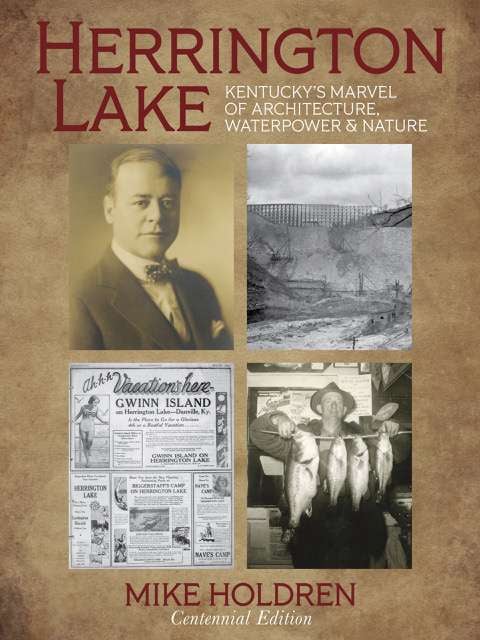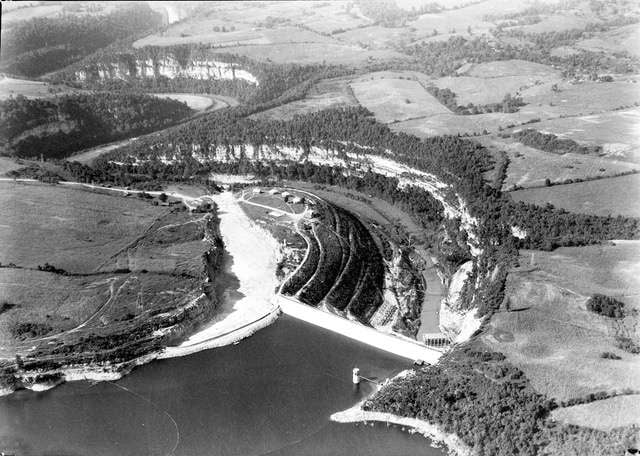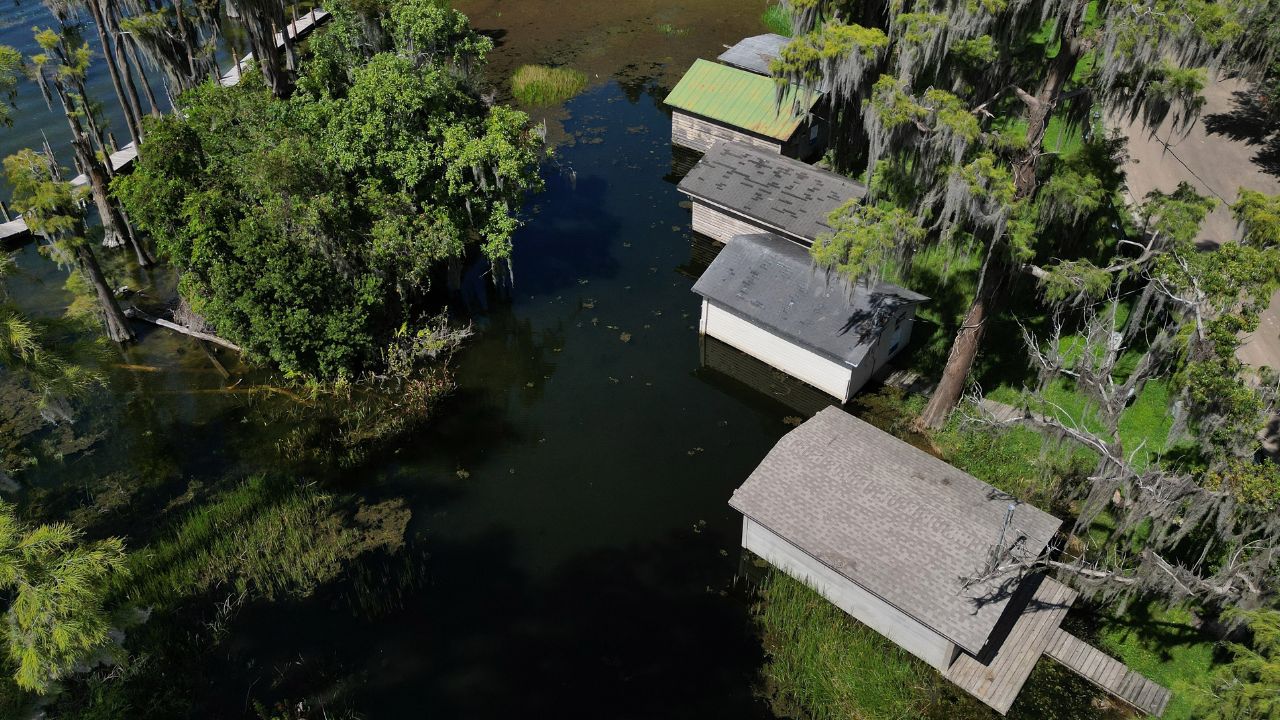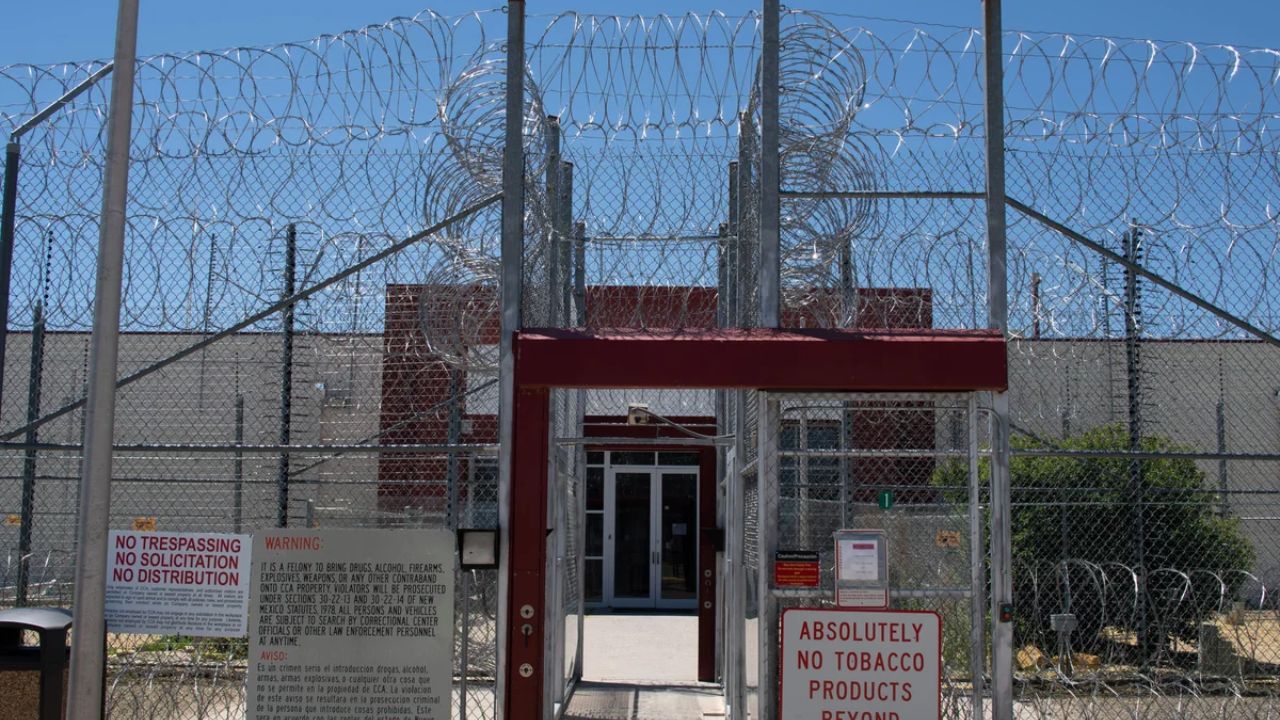Mike Holdren, a resident of rural Kentucky who first went fishing at Herrington Lake with his father in the 1970s, has written a book commemorating the lake’s centennial. Herrington Lake is Kentucky’s first significant reservoir.

Holdren, who spent two years writing the book, said Herrington Lake: Kentucky’s Marvel of Architecture, Waterpower & Nature is the first book to ever describe the history of this 100-year-old reservoir. The Kentucky Department of Fish & Wildlife Resources (KDFWR) and Kentucky Utilities provided assistance in writing it.
More than 200 authentic images and documents—many of which have never been seen by the public—illustrate the six chapters.
The Dix River was used to enclose Herrington Lake. Located close to Burgin, Kentucky, approximately three miles above the Dix River’s confluence with the Kentucky River at High Bridge, the 287-foot high dam was constructed in a deep valley.
Its surface area fluctuates annually, just like any other large reservoir. It has 92 miles of shoreline spread across three counties (Boyle, Garrard, and Mercer) and a summer pool elevation of 735 to 740, producing 2,410 to 2,580 surface acres of water. With a depth of 249 feet at the dam, the 35-mile lake is the deepest in the state.
Lewis Butler Herrington (1880–1952), the president of Kentucky Utilities from 1927 to 1933, came up with the concept for the lake.
Herrington had a concept to use water that was passed through a turbine to create electricity that could be distributed to residences and businesses within a 125-mile radius. The initiative was successful and contributed to the modernization of Kentucky’s electrical infrastructure.
Although the lake was constructed to produce electricity, it soon rose to prominence as a popular outdoor location for camping, boating, fishing, and water sports.
Black bass, crappie, rainbow trout, striped bass, and hybrid striped bass were among the fish that were stocked in the lake with differing degrees of success. Anglers from all across Kentucky and the neighboring states came to fish in the early decades because of the spring white bass run in the upper lake and Dix River.
The lake was under tremendous fishing demand. As a result, KDFWR established angler licensing and daily creel limits on fish species, which later spread throughout the entire state.
The privately held area surrounding the shoreline experienced a boom in both real estate and tourism as a result of the lake. Along with hundreds of residential and holiday residences, resorts, restaurants, fishing camps, and marinas were constructed.
The 12 x 9-inch, 152-page hardcover book costs $49.95 and is published by Acclaim Press in Morley, Missouri.
Amazon, Barnes & Noble, Joseph Beth Booksellers in Lexington, and the publisher’s website, www.acclaimpress.com, all sell the book.
To see the locations where the author will be selling and signing books, go to www.herringtonlakebook.com.
The Herrington Lake Conservation League will receive the proceeds from book sales at signing events.
Holdren’s book is well-written and thoroughly researched. For anyone who has been to this iconic outdoor location in central Kentucky, it’s a fantastic present and an engaging read.






